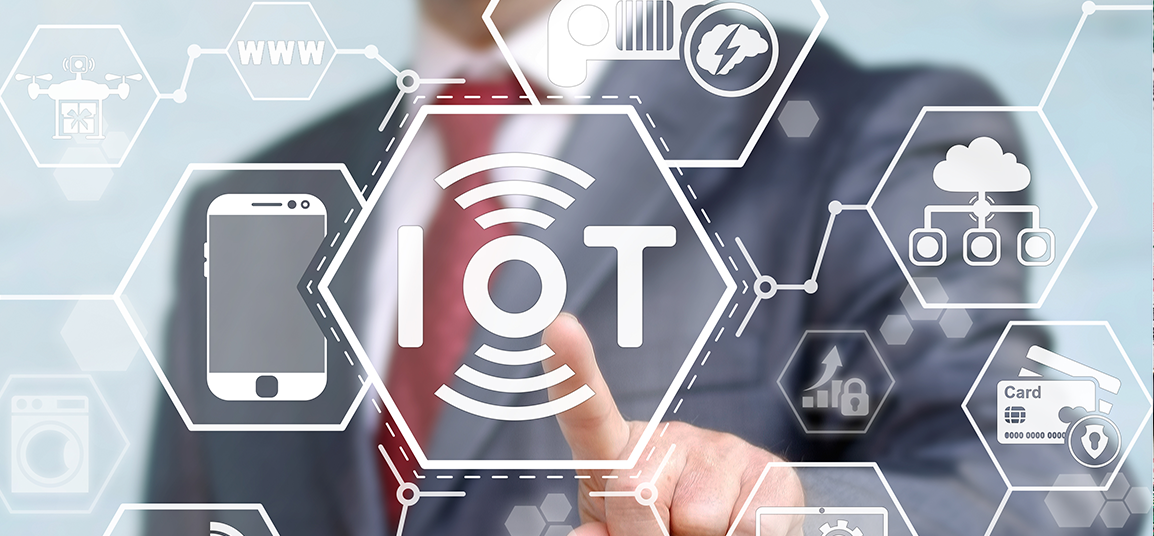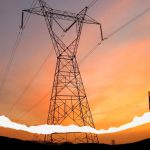When it comes to using IoT devices to drive building and energy efficiency, homeowners are well ahead of the curve while business lag well behind. Where residential consumers have hopped on IoT technology to simplify their lives and reduce their overall energy bills, business customers just haven’t quite grasped the possibilities.
Business owners and managers interested in bringing the latest and greatest in technology in to their facilities have no end to the inspiration provided by their counterparts in the residential space. Here are four IoT devices that are already taking over homes that are just beginning to find their way in to businesses.
- Smart thermostats. The smart thermostat will be in 40 million homes by 2020 according to a Parks Associates study. Smart thermostats allow for simple, remote control of home heating and cooling. Major consumer providers like Nest and Ecobee (and Zen Thermostat!) package their thermostats with smart phone apps that allow consumers to schedule and optimize heating and cooling for both comfort and energy conservation. And, as a bonus, many smart thermostats are eligible for utility incentives for electric demand reduction, which provide electric cost savings and further encouragement to save power.
- Connected light bulbs. Smart light bulbs are growing at a rate even faster than smart thermostats, with 50 million homes estimated to have them installed by 2020. The ease of set-it-and-forget-it lighting is attractive in the residential space for security, convenience and cost savings. The newest generation of connected bulbs, such as Phillips Hue, provide convenient control, and natural-looking light, with standard dimming and even additional color options.
- Smart power strips. While smart power strips have lagged in adoption, the potential impact of these energy savers is undeniable. Plug anything in to one of these strips for not only ease of turning it on and off, but also to wipe out its ongoing energy sucking potential. Useful in-home theater or home office setups — where energy vampires, like televisions and printers, can drain a home of nearly a months’ supply of electricity over the year — a smart power strip can completely cut the flow of energy to one or many such devices when it’s not in use. This can produce immediate and tangible energy savings.
- Panel-level energy trackers. While this technology hasn’t made it in to the mainstream yet, energy tracking hardware and software is increasingly packaged with other home energy products to provide an additional level of insight in to energy usage in the home. With a piece of hardware installed on a home’s electrical panel, and a smart phone application, companies like Neurio are able to show consumers their electrical usage in real-time, allowing them to make changes to their behavior to reduce their energy bills. And, with integrations to solar and battery systems, energy trackers are even able to provide the intelligence to minimize utility power usage, providing further return on installing renewable options.
While these IoT technologies are gaining traction in the residential space, smart devices in business facilities isn’t yet status quo. However, falling costs and increasing simplicity of installation are signs that smart devices will find increasing acceptance in the commercial market as well, and that businesses won’t have to wait long to capitalize on the energy savings that IoT connectivity provides.
Interested in smart thermostats for business? Let us show you how much you can save using the latest in IoT devices.






